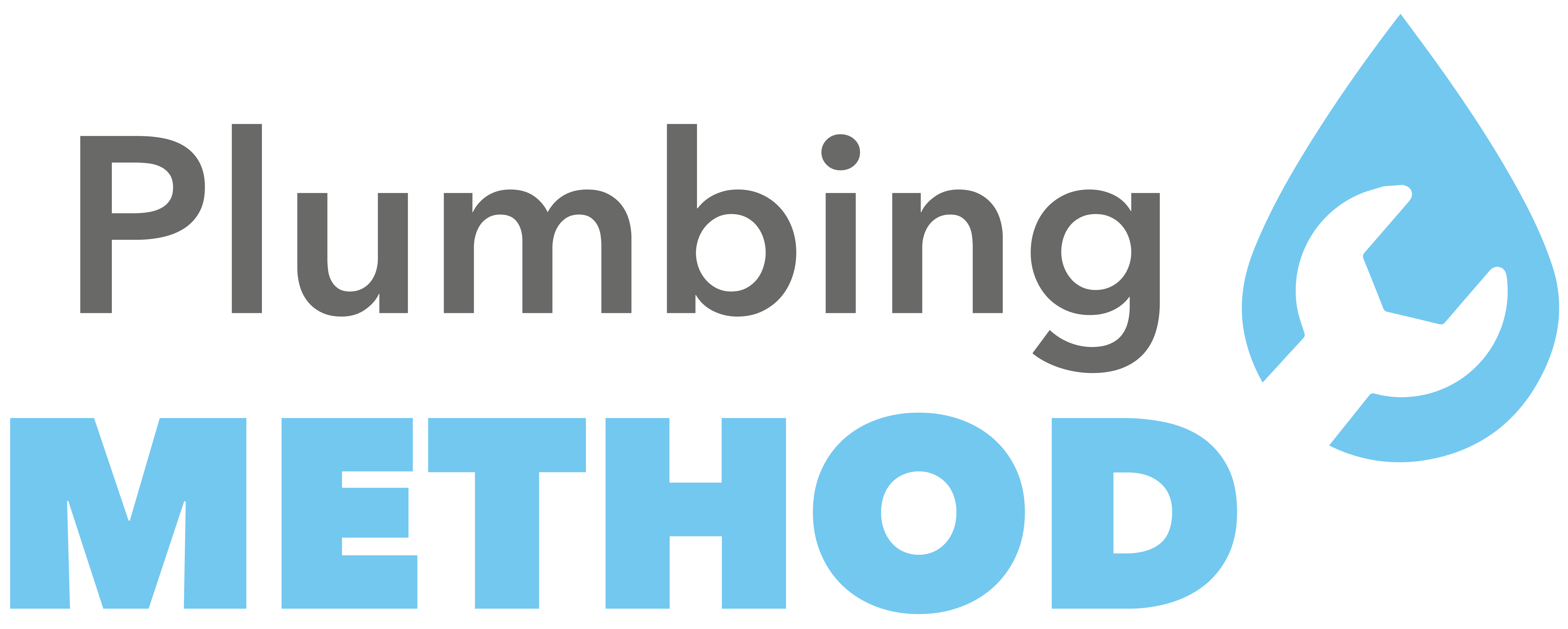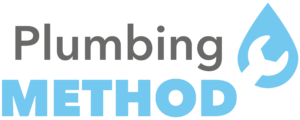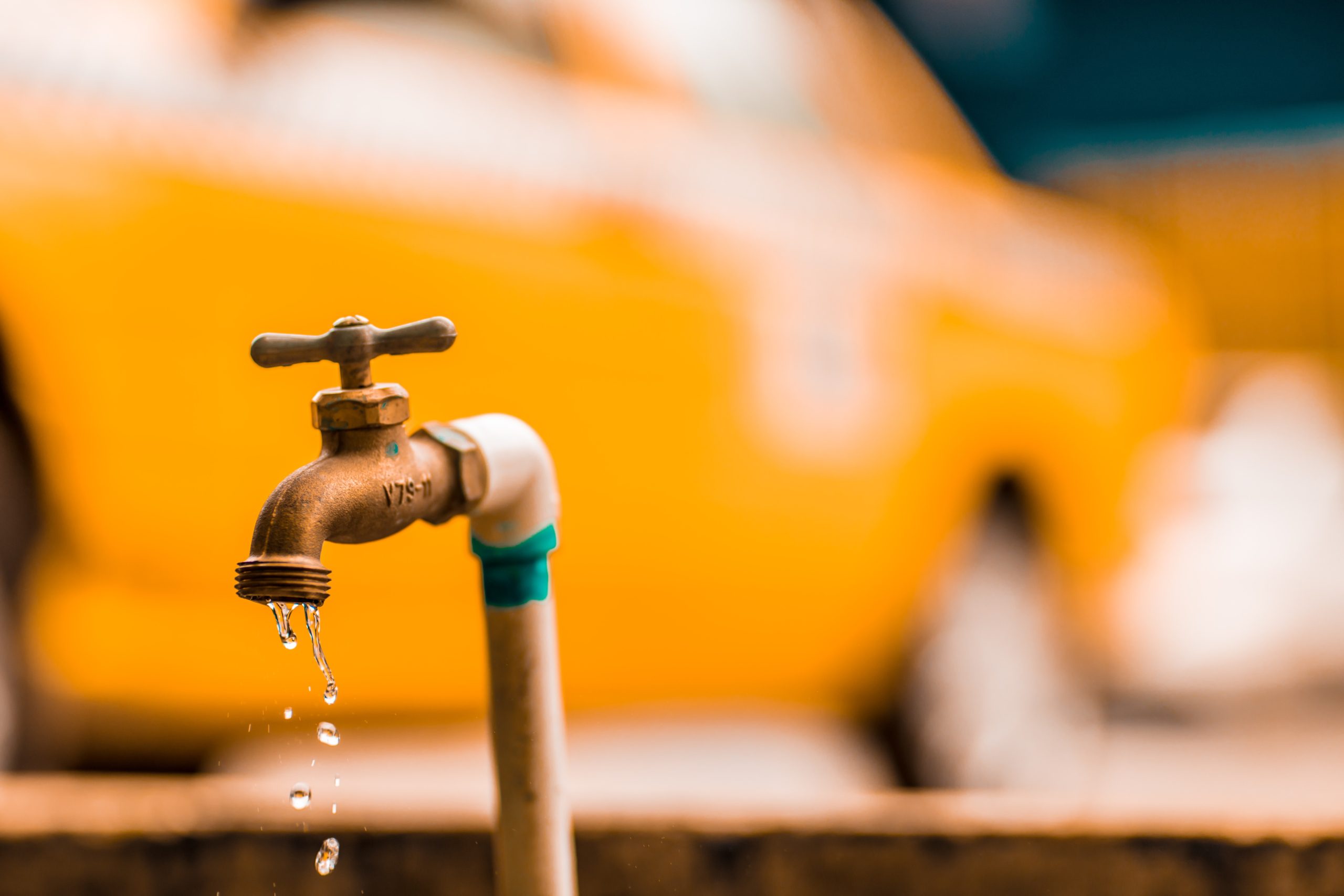Where Leaks Come From
Water leaks can happen for a lot of reasons. There’s a lot of hot, pressurized water shooting through your pipes every day. Even though your pipes are built to withstand it, over enough time, that water will begin to cut through or erode the walls and joints in your pipes; this same process is how canyons are formed.
Pipe Joints
Most water leaks occur near or in a pipe joint, where one pipe connects to another. When water passes through joints on its way through the system, it gets shaken up as it is forced to swirl and squeeze to get from one pipe to the other. This little bit of extra turbulence makes the pipe walling around the joint wear down that much faster. Consequently, leaks are more likely the more bends, turns or elbows you have in your system.
Hard Water
The integrity of your pipes is also affected by the attributes of the water in your system. If your home has hard-water (mineral-heavy), it’ll eat through the pipe walls more quickly. Minerals are hard on pipes because they are coarse; as they move through the pipes, they scrape up against the inside, wearing it away. The pH value of your water will also affect corrosion. Water with subtly acidic properties will eat away at the lining of the pipe, weakening it and making it more susceptible to wear and damage.
Water Pressure
The more pressurized your water is, the faster it’ll shoot through your pipes. The higher the velocity of the water moving through the pipes, the rougher it’ll be on the inside of your pipes. Over time, the pipe will be worn away enough that tiny hairline fractures will
be worn into them by the water. When water passes through the part of the pipe that’s worn away, the pressure of open water in the closed system will suck the water out causing leakage. If you think you might have a leak, don’t wait until it’s too late to contact a professional plumber.
Detecting a Leak in Your Home
If you want to find out for sure that you have a leak, there are some steps you can follow: first, make sure no one is using any water in your house. Tell your family to hold off on taking a shower, flushing a toilet or using any sinks.
Check your Water Meter
The water meter will usually be outside, near the front of your house, in a covered box. Your meter should have a leak indicator, though what it looks like will depend on the brand. In any case, the indicator will be some kind of dial which will move when water is
being used. If you’re sure no one is using water and the dial is moving, then chances are you have a leak.
To be doubly sure, write down the numbers listed on the meter. After you do this, wait half an hour and make sure no one uses any water for that time. After half an hour
passes, go back outside and read the meter again. If the reading has changed from the number you’ve written down, you almost certainly have a leak somewhere.
Find the Source
Once you know for sure that you have a leak, there are a couple other things you can do to narrow down where it’s coming from. Find your home’s main shut-off valve and shut off your water. Then, check your meter once again. If the dial is no longer moving
at all, it means that the leak stopped when you turned your water off, so the leak is inside your house. If the dial is still moving or there’s a change in the meter’s readings, then your leak is somewhere in your pipes outside your house. Now that you’ve
determined whether the leak is inside or outside your house, you can try to figure out where exactly the leak has sprung.
Inside Leakage
Start by turning your water off again. Work your way up from the lowest level of your house, checking every pipe you can think of and listening closely for dripping. Check toilets by taking the cover off the tank and listening for any noises. If you can’t find a leak this way, drop food coloring into the tank. If that food coloring shows up in the toilet bowl an hour later, you have a leak. You could also turn off the water supply at the base of the toilet, record the water level inside the tank, wait an hour, then check to see if the water supply remained at the same level. If it didn’t, there’s a leak in the flapper or flush valve. If the water level is the same but you still suspect a leak in the toilet, the leak is coming from the toilet’s refill valve or float. Don’t panic! All of these things can be fixed.
Outside Leakage
If your leak is outside your home, you still have a couple things to look for. Check each of your spigots. Listen for any sounds of running water or dripping. If you have a swimming pool, check all of its components for a leak, including the pipes, lining and
pump. Finally, if you think the leak is subterranean–in your service line or irrigation system, for instance–go out into your yard and look for muddy or soft patches, or even anywhere where the grass seems greener than the rest of the yard.
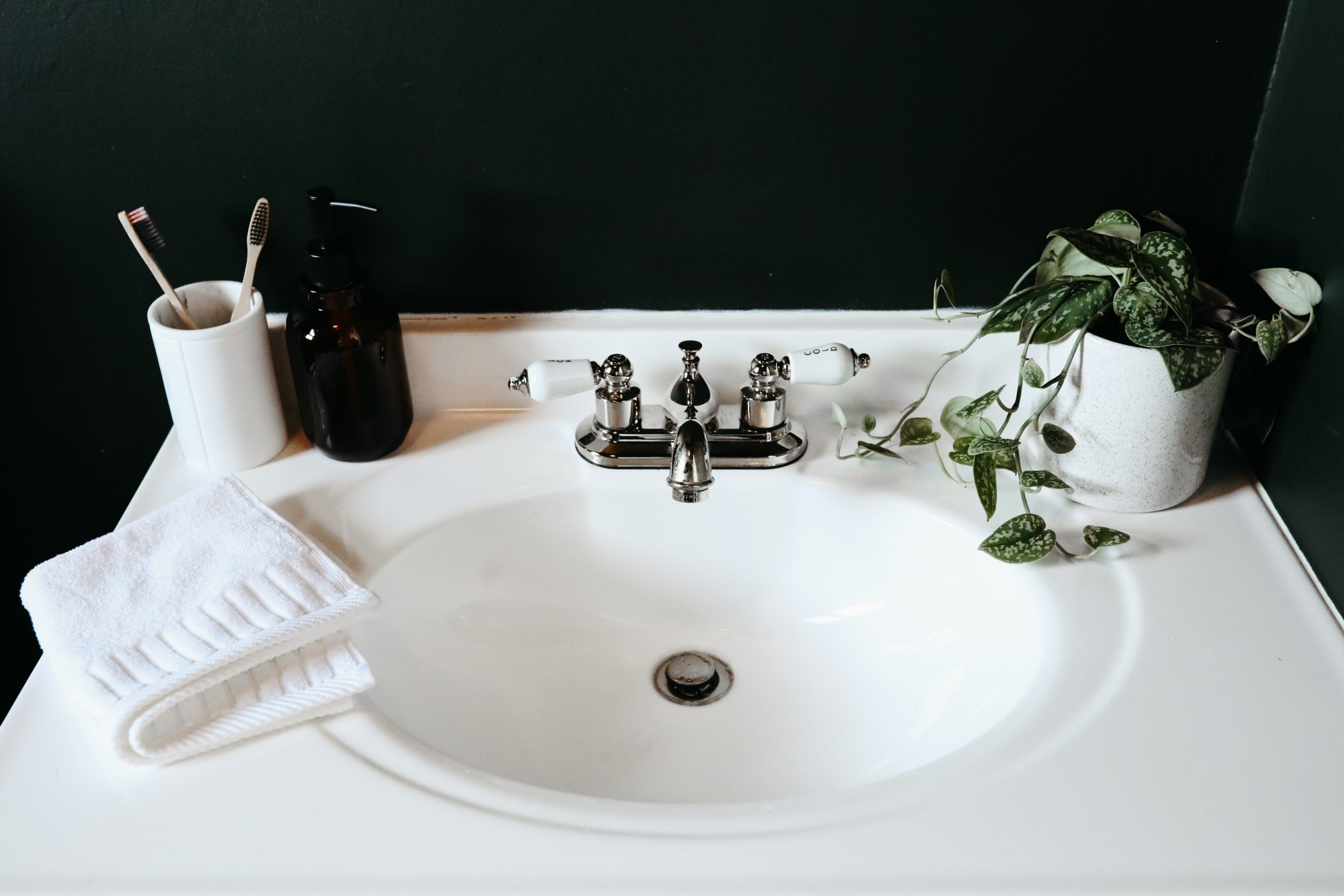
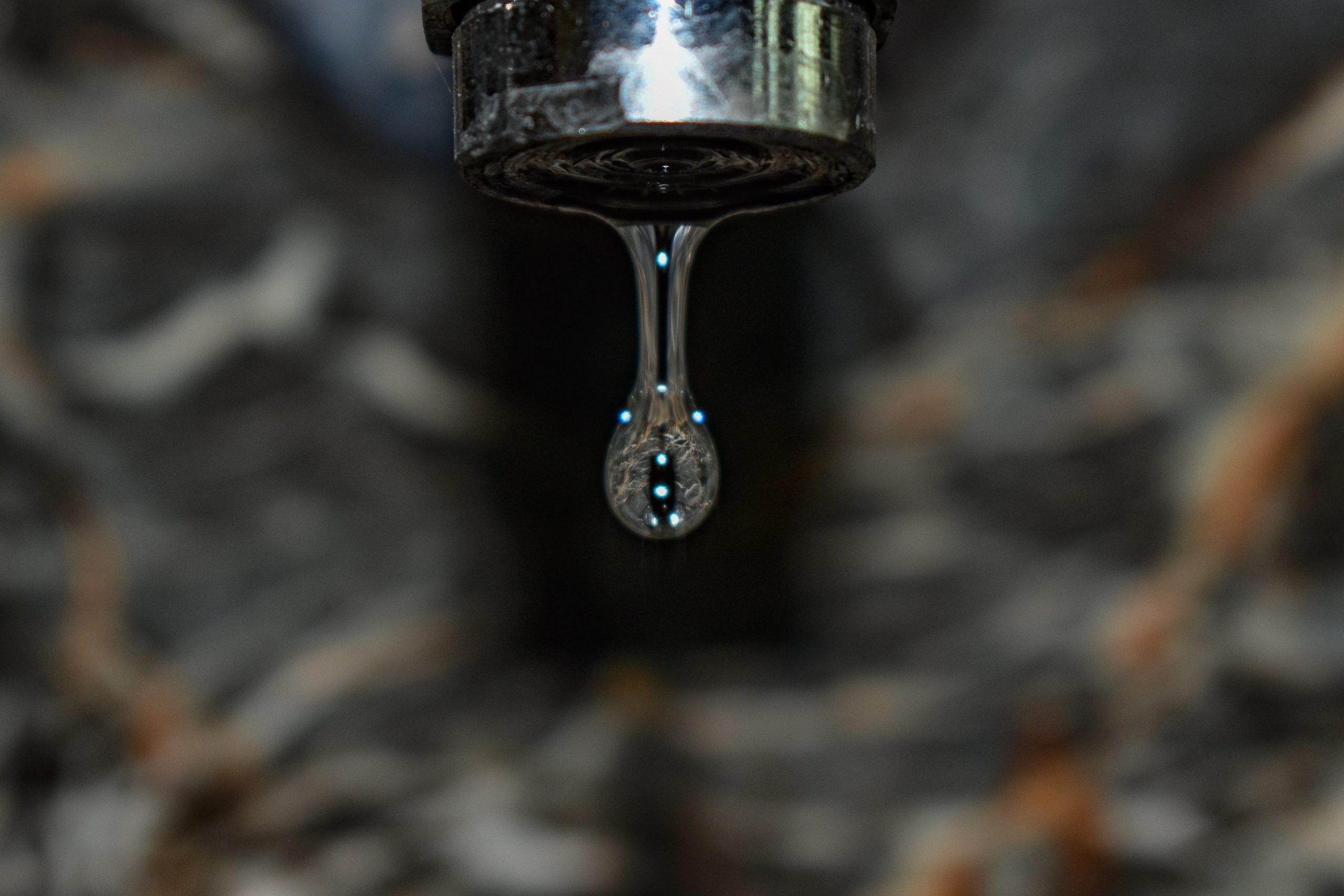
Simply put, drains were designed to drain water – and water isn’t always the only thing going down. Granted, there’s not always much you can do to avoid this. There are certain things you can do proactively to lessen the chance of a clog. Before we explore those options though, let’s take a look at three types of drains and some common reasons why they clog.
Kitchen Sink Drains
Kitchen sinks put up with a lot of abuse. Think about it… they endure grease, food products, paper products, and just about everything in between. It’s not hard to imagine why all of that stuff might lead to a clog every once in a while, especially if your sink drain has a smaller diameter than average drain pipe.
Bathroom Sink Drains
Bathroom sinks don’t have to deal with as many types of debris, but they do have to deal with an entirely different mess: human hair. Human hair has this nasty habit of clinging to everything it comes in contact with, including inside sink drains. Length is almost irrelevant. Long or short, your drain will clog if there’s enough hair.
Bathroom Tub Drains
Bathroom tubs have to deal with a lot of hair as well. They are also susceptible to many different kinds of bar soaps. Believe it or not, a tiny chunk of bar soap can last quite a while in a drain, especially if it starts building up. Between hair and soap, which are akin to brick and mortar, tub drains can clog easily if you aren’t careful.
These are some of the most common reasons your drain might get clogged. Other reasons include accidently dropping a foreign object into the drain (jewelry, contact lens case, cell phone, etc.). In other cases, the clog might be caused by the shape, length, and diameter of the pipes themselves. The more sharp turns and bends there are, and the smaller diameter the pipe is, the likelier you will experience consistent clogging issues.
Stopping and fixing a leaky pipe, while two very different processes, can prevent damage to your home, your time, and your wallet by temporarily or permanently resolving the problem at hand.
Stopping the Leak (The Temporary Solution)
Upon discovering a leak, stopping the leak should be your first priority whether the plumbing project necessary to fix it is big or small. Stopping a leak with the following steps prevents further water damage, the waste of more money, and makes replacing the pipe in the future a much simpler process.
Fixing the Leak (The Permanent Solution)
While stopping a leak with the steps above is a great temporary fix for small leaks, time sensitive projects, and inexperienced individuals, it does not guarantee a permanent fix to your water leakage problem. This is due to the fact that usually when one leak is fixed, other leaks will spring up in other places because the whole section of pipe needs replaced due to corrosion. Because of this, we first recommend that you immediately contact a professional plumber after temporarily stopping a leak.
One of the most common–and most upsetting–plumbing problems you can have in your home is when something goes wrong with your toilet. Whether that’s your toilet overflowing, running continually or leaks around the seal at the base of your fixture, toilet repairs are not something that you can postpone.
Common toilet repair issues
- Toilet continues to run. When your toilet continues to run, it’s likely that your float, refill tube and/or ballcock need to be replaced.
- There is water pooling around the base of your toilet. Water collecting on the floor at the base of your toilet usually means that the seal is wearing out and needs to be replaced.
- Phantom flushes. Phantom flushes, when the toilet flushes seemingly by itself at random intervals, is usually a sign that there’s a slow leak between the tank and the toilet bowl.
- The water is slow to fill the bowl. A toilet bowl that is slow to refill is a sign that there is debris clogging the plumbing leading to the toilet bowl.
- The toilet is clogged. Serious clogs require an industrial-size auger to push the debris that’s clogging the pipe down into the larger sewer pipe.
Fixing your toilet quickly and reliably requires the skill and training of a professional plumber. However, that doesn’t mean that you have to spend a fortune or have your house torn up for an extended period of time. To learn more about affordable, easy toilet repair solutions, call Plumbers today.
Basically, when something is obstructing the flow of water inside your drainpipe, it causes the water to drain slower than usual. This creates air bubbles inside the main drain and that’s the gurgle you hear.
What causes a partial clog?
There are a number of things that cause a blockage inside your plumbing system: hair, dirt, food, and soap particles are a few of many.
If you suspect the clog is minor and you know what you’re doing, you could try removing the clog using a plunger the right way. If a good plunge does the trick, nice job!
If this does not fix the problem, you probably have a heavy clog that requires the knowledge and tools of a trusted plumbing professional.
Important warning: Do NOT pour commercial drain cleaners down your drain—these chemicals contain toxic fumes and can seriously damage your pipes. Plus they usually only remove enough of the clog to get your drain running—and then clog again later.
